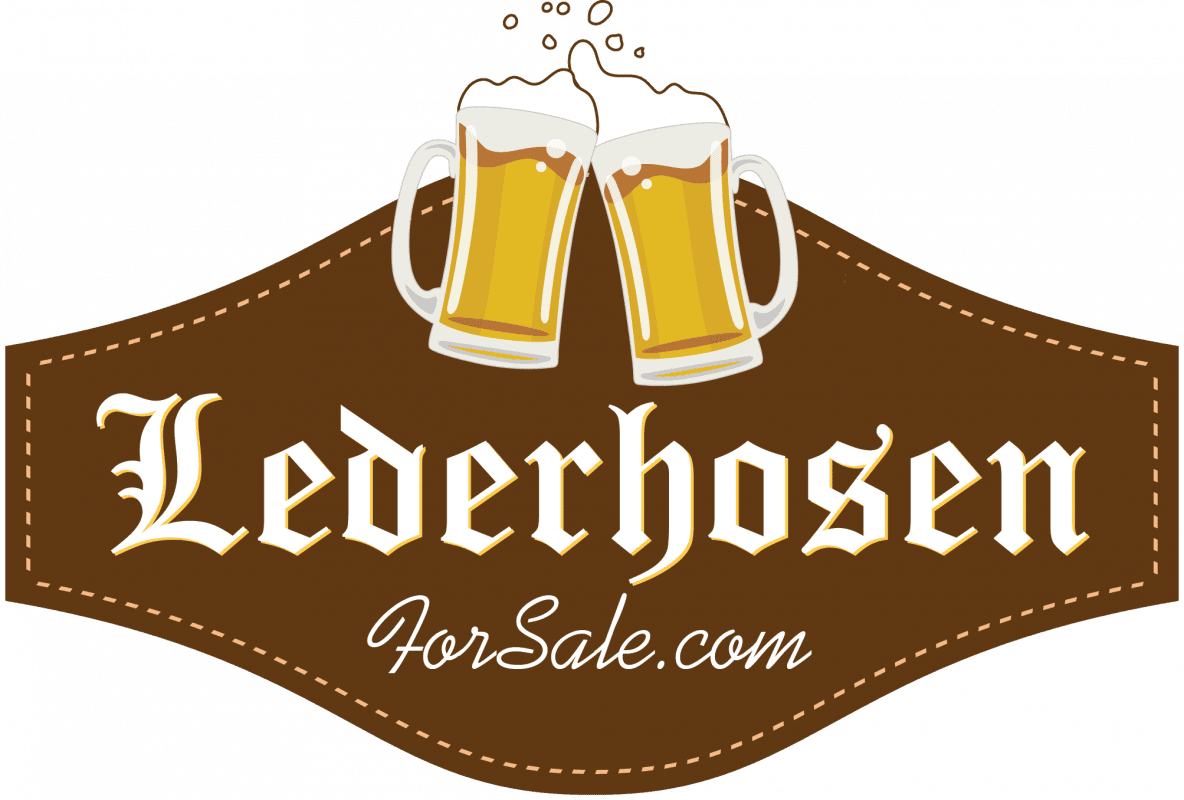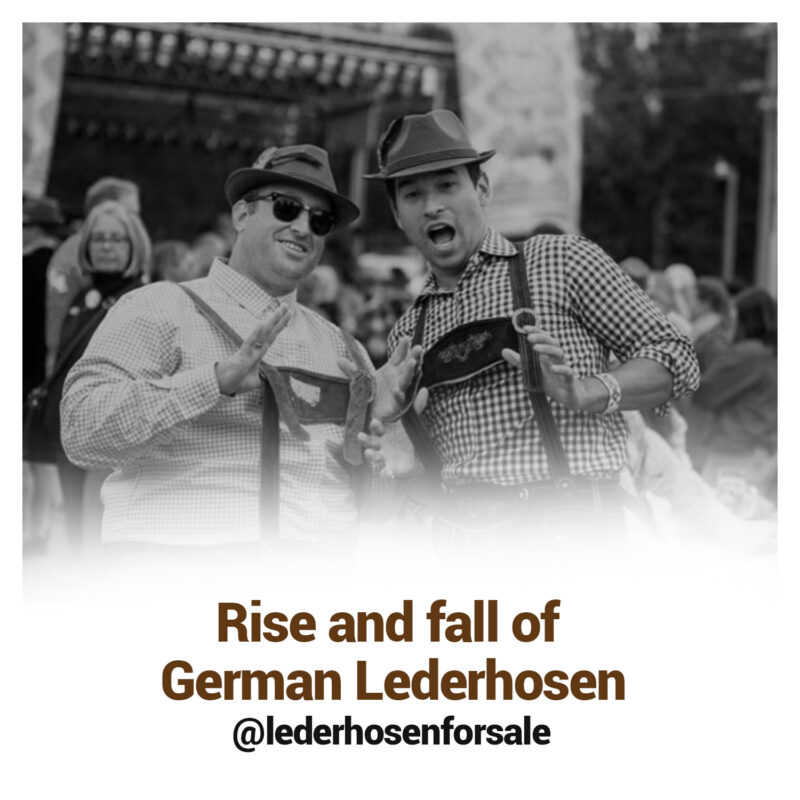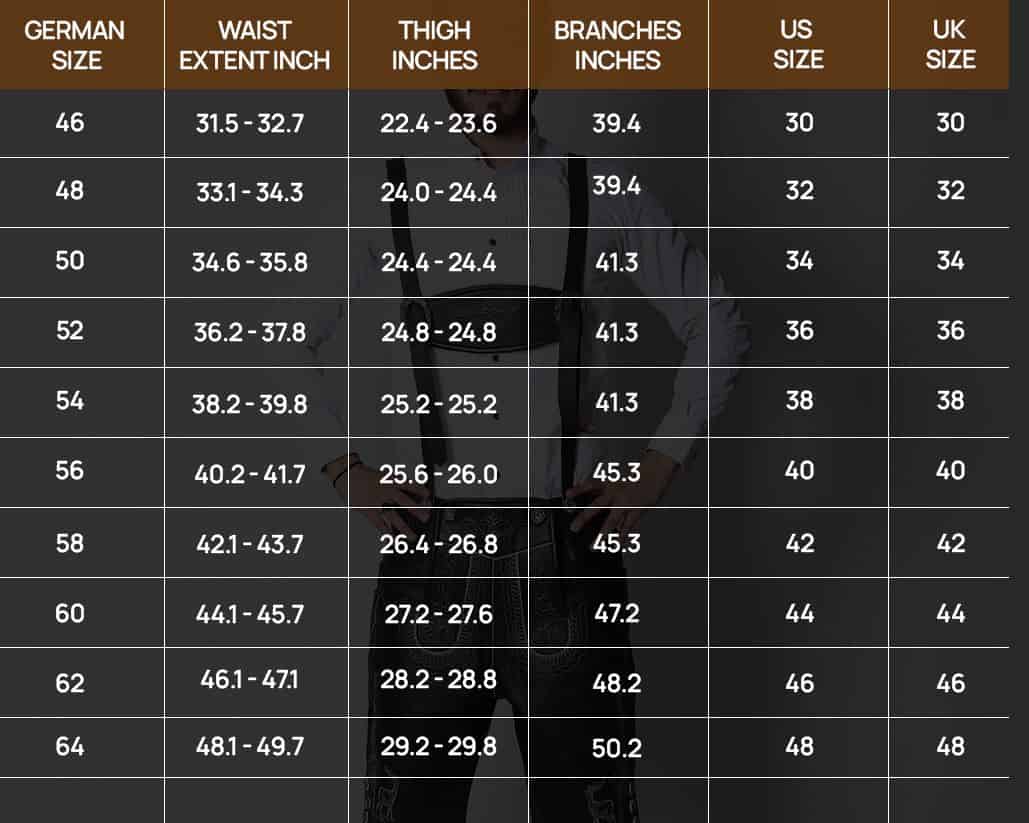Lederhosen
The Rise and Fall of German Lederhosen
Introduction
The German lederhosen may be one of the most popular European country-side outfits. Originating from the Bavarian communities, this tracht is highly valued by German culture and history. They are most commonly worn in cultural festivals in Germany, such as Oktoberfest.
Purpose
Unlike modern dresses of today, this outfit is particular and unique. The tracht is a mixture of half-pants and half shorts with suspenders. The design fully serves its purpose in lifestyle, maintenance, and German fashion.
Origin
This tracht was never meant to be a traditional outfit, but as a working attire for the working class back in the day. Europeans, especially those living in colder regions had a habit of using leather to make their boots and bags. This is because leather is a low-maintenance material and can endure extreme weather conditions. Hence, the widespread use among farmers.
Inspiration
Around the 16th century, French-style knee-breeches started to go favored in Europe. The french usually made their clothes from softer fabrics as they preferred more leisure wear aesthetic in their clothes.
Adaptation
Fast forward to the 18th Century, Bavarian communities adopted the french culotte style into their day-to-day clothes. But instead of using cotton or silk-like material, they made the breeches out of leather.
Growing Popularity
These outfits were usually worn by people in the mountains or countryside. After some time, the upper-class Germans found leather breeches to be suitable outdoor attire for activities such as riding and hunting. It was the one outfit worn by both the working and elite German class which was a rare occurrence in European societies. This led German lederhosen to become a universal German attire.
Fall of Popularity
Around the 19th century, trousers started to replace the french style culottes in European fashion. Since there was a new fashion trend to follow, the noble class slowly started to lose interest in the lederhosen. The leather breeches went back to becoming a working-class attire. As for people living in mountainous regions and the countryside, jeans started to evolve and take the place of the German lederhosen.
Replacement
Jeans were not only a more modern and new style, but it was a favorite among the younger generations. Especially in other countries, jeans became a popular part of the young and hot American fashion trend. Due to all these reasons, the leather breeches quietly started to dissolve into history and were weeded out of the German apparel industry.
Re-emergence
Although no longer a common attire among Bavarian communities, leather breeches started to re-emerge as a German cultural costume. Around the late 1880s, heritage clubs in Munich highlighted these breeches and people started to wear them at cultural parties and festivals. In 1887, Oktoberfest announced that lederhosen and dirndls would now be the official attire for attendees. German dirndl also had a similar origin and popularity story according to history.



